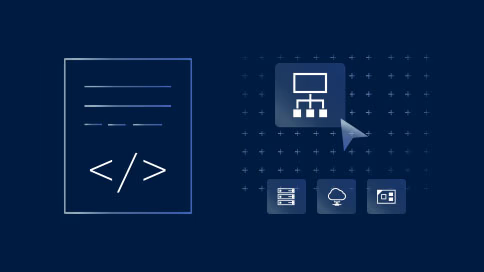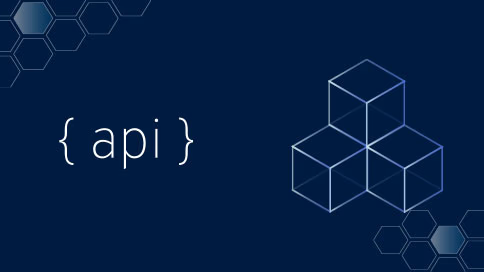Flow Logs
Monitor your network with flow logs
Keep track of your traffic and identify system vulnerabilities.

Monitor all your IPv4 and IPv6 network traffic
Systematically identify potential security leaks and incoming and outgoing data in your networks with flow logs. Based on the continuous capture of inbound and outbound traffic, flow logs are created for any interfaces of your virtual machines (VM) and Cloud Cubes in the IONOS Cloud virtual data center (VDC), as well as public interfaces monitoring the traffic of your Managed NAT Gateway or Network Load Balancer.
You can also use flow logs to verify that your firewall is functioning properly, proactively detect any connectivity issues, and integrate reliable logging of all connections within your network.
Save logs in IONOS Cloud Object Storage
Flow logs enable you to expand your data basis and improve the performance and security of your networks and applications. Using comprehensive network information to understand how and in what way traffic is generated, you create a foundation for efficient debugging.
We also store the data collected by flow logs at regular intervals directly in your IONOS Cloud Object Storage. This means you can manage even large volumes of data cost-effectively while benefiting from extremely high reliability.
Configure flow logs to your needs anytime in the Data Center Designer or via Cloud API.
Features at a glance
Independent monitoring
Flow logs capture relevant network information independently of your virtual instance, ensuring complete and reliable monitoring of your network.
Easy configuration
You decide if and how you log incoming, outgoing, accepted, or rejected data traffic, simply by changing the settings via the Data Center Designer or Cloud API.
Comprehensive logging
Every data packet sent from a given source to unicast, anycast, or multicast destinations captures flow logs. It doesn’t matter what type of flow it is — between two endpoints, a web server and desktop/mobile clients, or any other systems.
Free to use
We provide flow logs free of charge. You only pay for the resources you need to store your data flow logs in the S3 bucket.
Lifecycle management
Individually set log access rights and schedule log file deletions within the S3 bucket with an access control list (ACL). This can help ensure your data is handled in line with your compliance policy.
Bug fixing
Use the insights provided by flow logs to quickly troubleshoot connectivity and security issues.
Use cases for flow logs
Set up independent network monitoring
Flow logs holistically capture network information such as source and destination IP addresses, source and destination ports, number of packets, amount of bytes, the start and end time of the recording, and the type of protocol — and log the extent to which your instances are being accessed.
Eliminate system vulnerabilities
Use flow log information to methodically identify vulnerabilities or restrictive connectivity or network security settings, improving the accessibility of any of your services running on the instances.
Log all of your traffic
By continuously checking your network traffic, you can detect faulty or insufficient firewall rules early on. Flow logs give you regular, consistent overviews of all relevant data, which could be used in preparation for a security review or audit.
Resources

Getting started with flow logs

API & SDK
Get started now
1
Quick registration
Create your admin access in a few simple steps. It's protected via 2-factor authentication.
2
Easy setup
Configure your server, data storage, and network connections. Using drag and drop in the Data Center Designer or the API makes it quick and easy.
3
Ready in minutes
You can start productive operation just minutes after configuring your virtual data center.